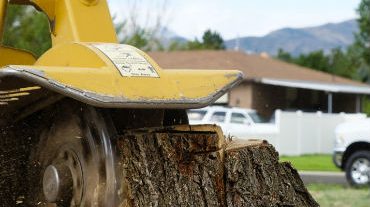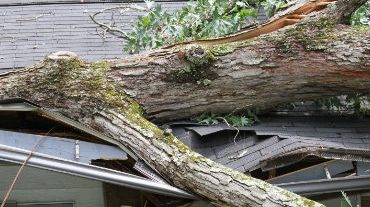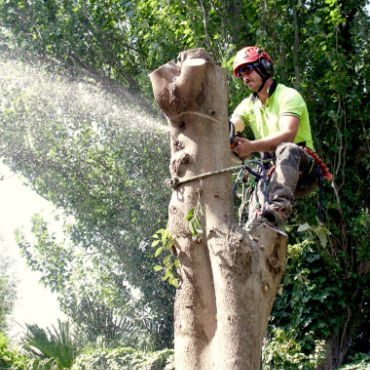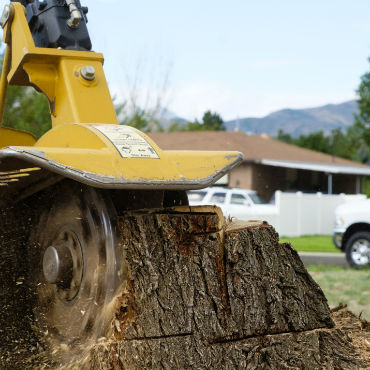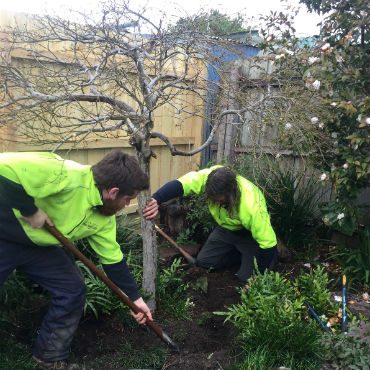Trees give nice shade and liven up homes, but they need to be maintained, which calls for the expertise of tree arborists. In Malvern and other parts of the city, tree removal service is crucial since uncontrolled tree growth can endanger the safety of adjacent infrastructure, such as windows, electricity lines, building roofs, etc. Pruning may seem easy, but in order to guarantee that the work is completed without any problems, safety regulations must be followed in addition to careful planning and expertise, and hence, there is a need to engage professional arborists for such tree specific tasks.
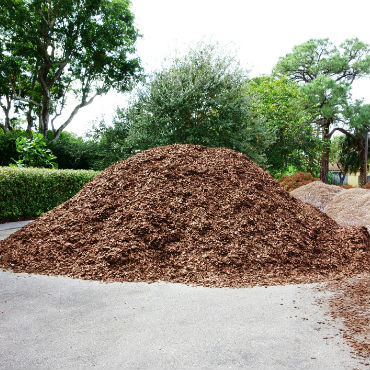
Recognising Different Other Activities Carried Out by Skilled Arborists
Apart from tree removals in Parkville, stump removal is also an essential part of maintaining a clean and risk-free landscape. Leaving behind stumps may lead to tripping, be unattractive, and provide a home for pests like termites. To create smooth and level grounds, expert arborists utilise sophisticated stump grinding equipment to remove the whole root system that is generally present beneath the ground's surface.
Additionally, tree mulcher are experts who can help prevent additional regrowth and get the area ready for replanting or even construction and remove the stump by grinding it down safely. The overall aesthetics, safety, and use of the outdoor spaces in homes and businesses are all enhanced by safe stump removal and allow children to play or roam freely without worrying about tripping.
Are You Considering Relocating an Old Tree?
The technique of moving mature trees to a new location without damaging their root system is known as tree transplanting. To ensure the tree's survival, precise planning, soil preparation, and specific equipment are required. When it comes to building projects or landscape redesigns where tree protection is an issue, the service is particularly beneficial. In addition to giving trees a new home to thrive in, safe transplanting guarantees ecological equilibrium.
Diseases and pests can cause trees to deteriorate, slow down their development, or even die, among other health and lifestyle issues. Arborists use comprehensive inspections to pinpoint problems and apply targeted fixes, including applying pesticides or pruning the impacted areas.
To guarantee that the sick trees are revived and that future transmission is prevented, prompt detection and expert control can be employed. Get a pricing quotation right away by contacting the top arborists for the particular services needed.
